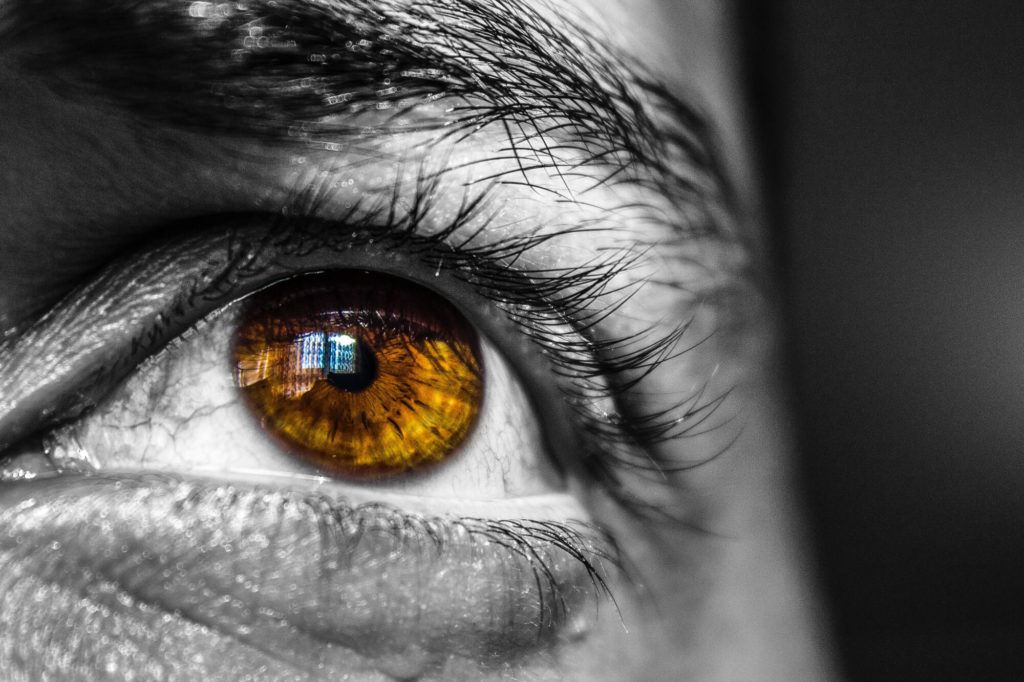It is possible that doctors may be able to detect Alzheimer’s in patients by means of a simple eye exam. Recent researches indicate that doctors can screen patients using technology which is the same as what an eye doctor uses to make eye examination.
This will be helpful in detecting Alzheimer’s in older patients who do not show any other symptoms of the disease.
The technique offers tremendous potential to serve as a screening method and help patients decide whether they need invasive or more expensive techniques to test for Alzheimer’s disease prior to the emergence of other symptoms. Thanks to this technology, doctors can check the abnormal proteins that are accumulating in the brain to know if patients are developing Alzheimer’s.
Most of us don’t know, but the damage from Alzheimer’s begins to occur years before the appearance of other common symptoms like cognitive decline and memory loss. According to scientists, Alzheimer’s-related plaques begin to build in the brain almost twenty years prior to the onset of symptoms.
It is possible to detect the disease early with the help of lumbar punctures and PET scans. However, these methods are not just invasive, but are also very expensive. Researchers have also reported that Alzheimer’s patients who died from the disease exhibited signs of degradation of the optic nerve and the thinning of retina in the center.
Patients who have increased levels of amyloid or tau, showed significant thinning in the center of their retina. There is a small area without any blood vessels in the center of the retinas and is responsible for maintaining good vision. In a research that studied the effects of Alzheimer’s on the eye health of patients, doctors were able to identify that this space was enlarged in patients who had preclinical Alzheimer’s.
Doctors are able to measure the thickness of the retina as well as the fibers in the optic nerve by shining light in the patient’s eyes. Eye doctors conduct similar tests when checking regular patients. The central nervous system and the retina are so interconnected that any subtle or major changes in the brain are easily reflected in the retina.
But, for this study, researchers also added angiography to distinguish red blood cells from other tissues in the retina. Although more research is required to replicate the findings, scientists believe that such technological updates will enable doctors to screen people who are still in their 40’s and 50’s.
Although we do know that the pathology of Alzheimer’s begins to occur years before any symptoms surface, using eye tests to make a diagnosis is a huge accomplishment. Early diagnosis can help doctors start treatment and prescribe medication to reduce the frequency and severity of symptoms.
Bottom Line
According to scientists, the eye tests used in the study are relatively quick and non-invasive. However, since just 30 participants participated in the study, more research is required to know whether the method can be considered as an effective method for making a correct diagnosis or not.




